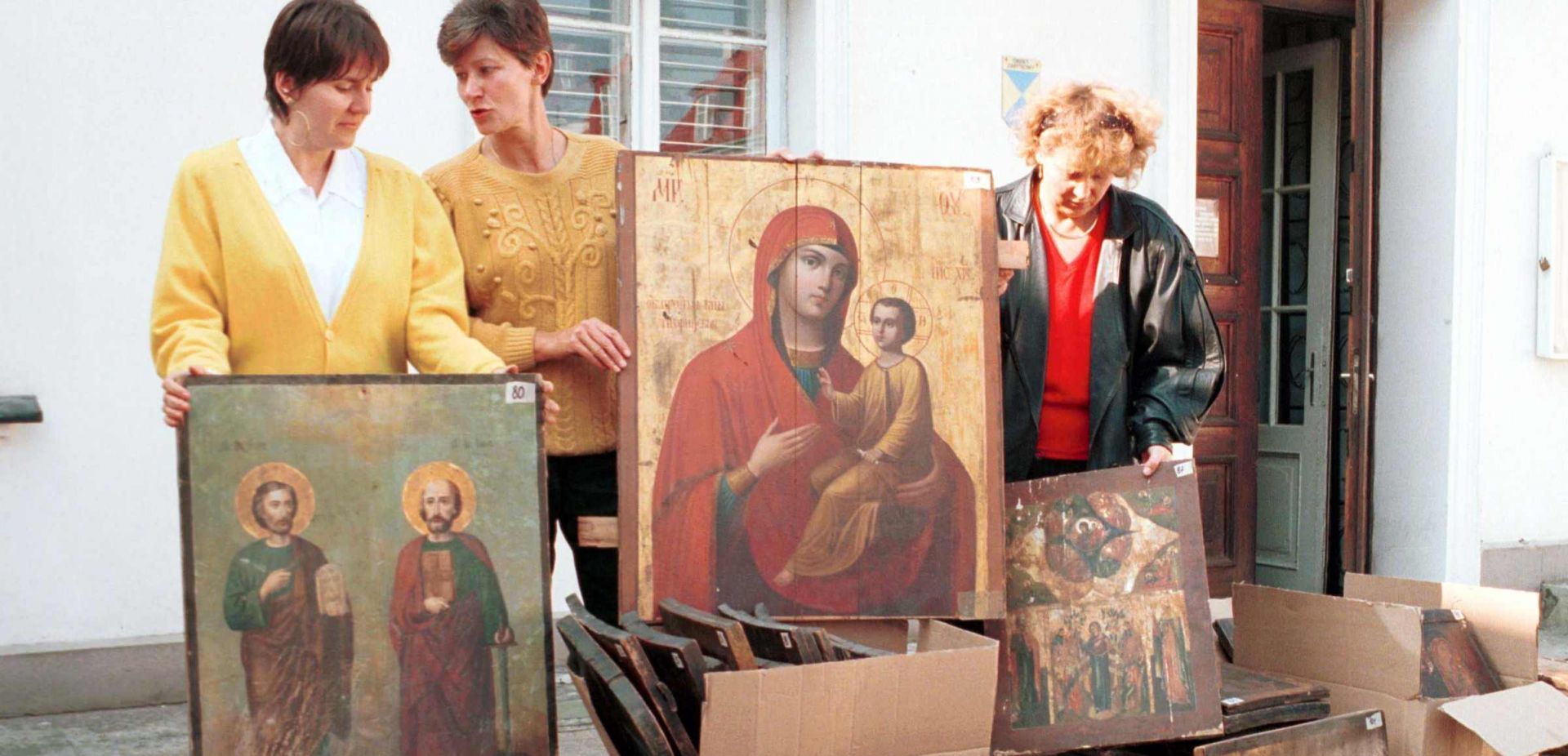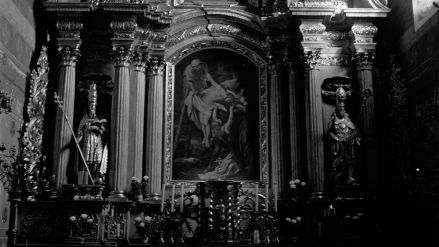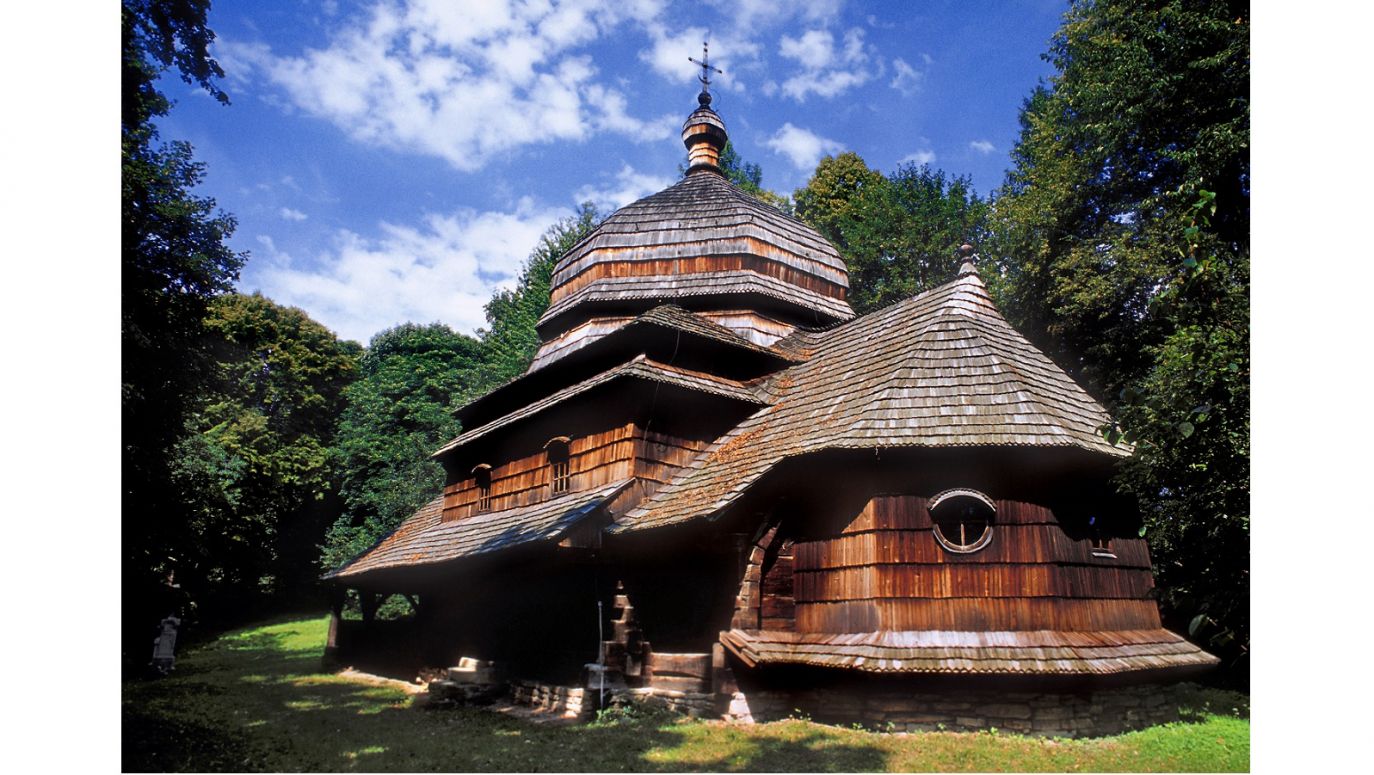
Polish Orthodox churches had been devastated, demolished and robbed for several dozen years. Valuable furnishings had fallen into the hands of individuals and smuggling gangs. Quite paradoxically, in many cases it was the thieves who helped save the temples since the robberies forced an inventory of the religious buildings.
 SIGN UP TO OUR PAGE
SIGN UP TO OUR PAGE
 As the art historian, professor Ryszard Brykowski recalls: “these demolition expeditions were attended not only from Rzeszów, but also from further voivodeships. Of course, everything was done with the tacit official and party approval. Therefore, the demolition was carried out by state-owned enterprises, including the emerging state-owned farms and production cooperatives, also on their own account by various district and commune prominent figures of the then party and state power. The “demolition” actions intensified in the first half of the 1950s as a result of the escalation of the conflict between the authorities of the People’s Republic of Poland and the Catholic Church, which took over some of the abandoned Uniate churches.
As the art historian, professor Ryszard Brykowski recalls: “these demolition expeditions were attended not only from Rzeszów, but also from further voivodeships. Of course, everything was done with the tacit official and party approval. Therefore, the demolition was carried out by state-owned enterprises, including the emerging state-owned farms and production cooperatives, also on their own account by various district and commune prominent figures of the then party and state power. The “demolition” actions intensified in the first half of the 1950s as a result of the escalation of the conflict between the authorities of the People’s Republic of Poland and the Catholic Church, which took over some of the abandoned Uniate churches.
Did the masterpiece burn down? Or maybe it fell prey to thieves?
see more
• The vicissitude of the Orthodox church in the Lemko region in the 20th century, Damian Nowak (http://www.beskid-niski.pl/index.php?pos=/lemkowie/religia/losy)
• “Architecture and furnishings of the church of the Ascension of Jesus in Ulucz” - prepared by Jarosław Giemza, page 4
• Abandoned – Rescued: Greek Catholic church complexes in south-eastern Poland - materials from a scientific conference edited by Monika Rzepiejewska http://skarbypodkarpackie.pl/numery/sp_34_2012.pdf “Rescuing the world of icons”, pp 4-9; interview with Barbara Tandos
• Injury – paper by Barbara Tandos “Przemyśl Bells” No. 3(17)/ 1994
• Crime against monuments in South-Eastern Poland in the context of Polish-Ukrainian Historical Relations; paper by Franciszek Trzebski, p. 165
• “Forgeries and smuggling of coins and works of art in Poland” – materials of the scientific symposium on October 24-25, 1986. Feliks Dzierżyński Military Academy of the Ministry of Internal Affairs; chapter by Tadeusz Rydzek “The origins and forms of smuggling of cultural goods in Poland in the years 1945-1986”
• Orthodox church of the Ascension of Jesus in Ulucz of from 1650. „Brzozowska Gazeta Powiatowa” pp. 21-22 https://powiatbrzozow.pl/images/download/BGP/rok2001/3.pdf
• National list of stolen or illegally exported monuments, IPN BU 01255/253/D Pagination according to the one preserved in the files: p: 1325; 1328; 1330
• “A rhapsody on the churches in Bieszczady” Jerzy Friemann, “Tygodnik Powszechny” October 1, 1967.




